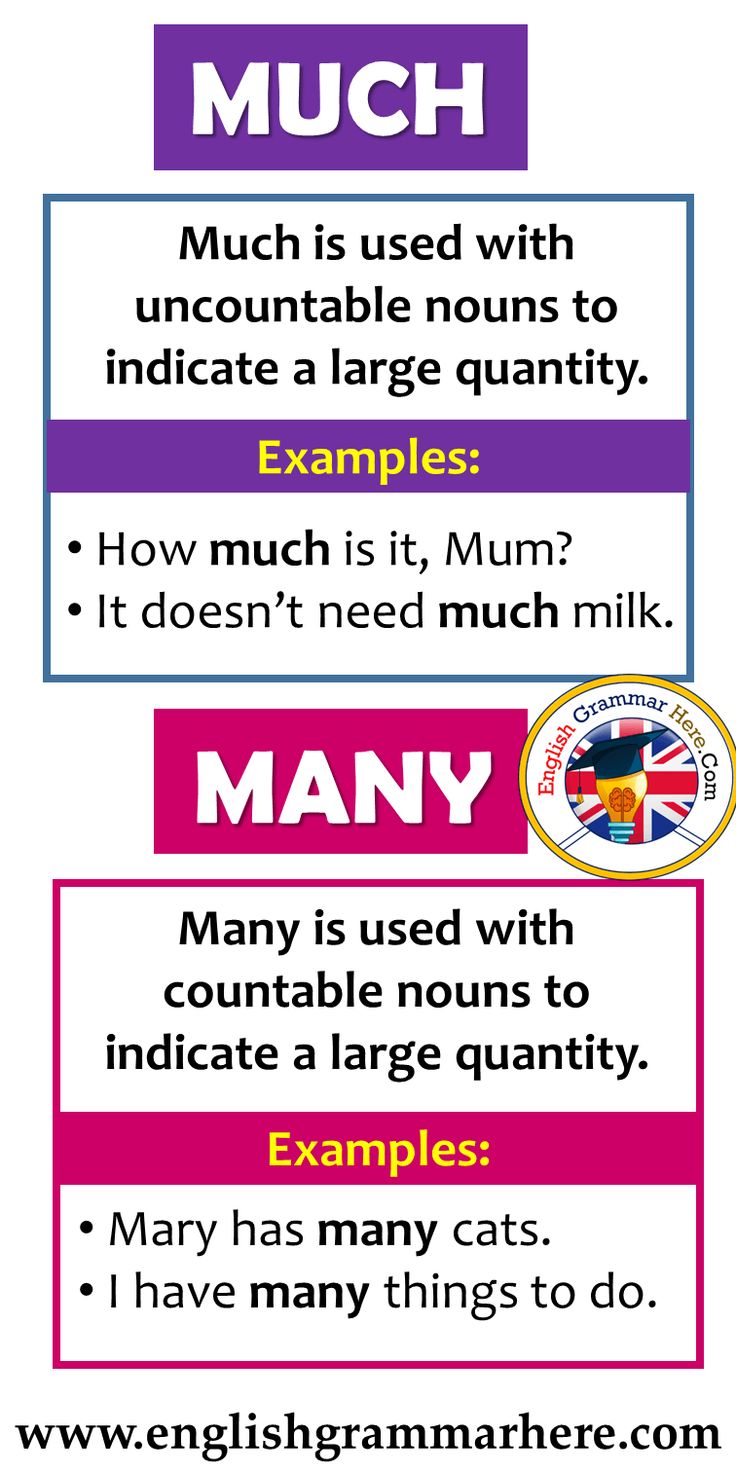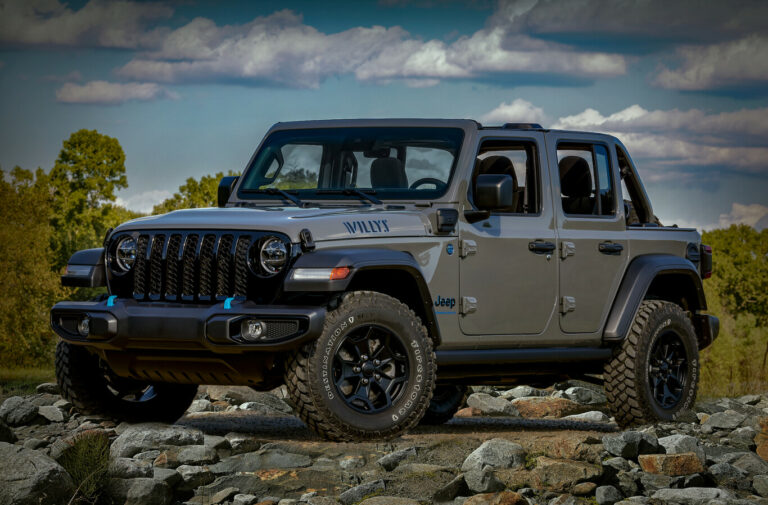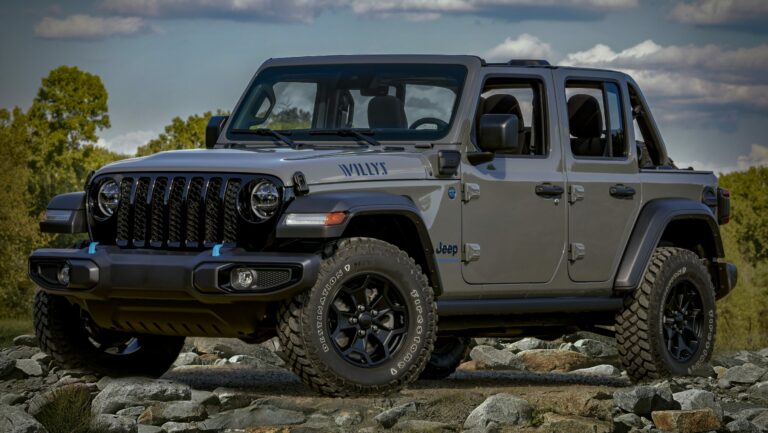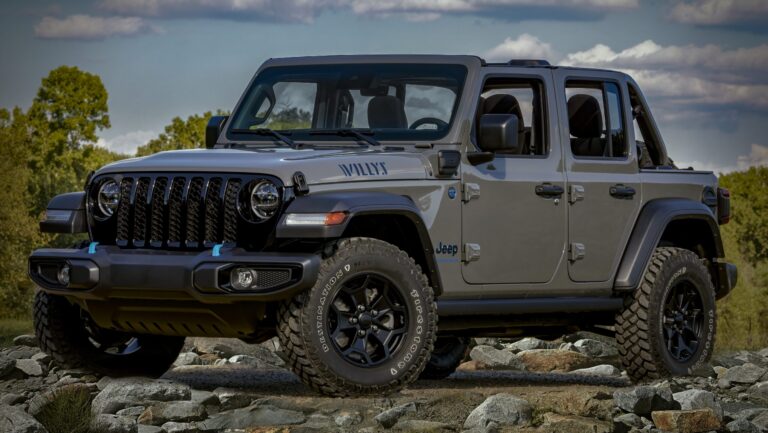How Much Does A Jeep Wrangler Transmission Cost? A Comprehensive Guide
How Much Does A Jeep Wrangler Transmission Cost? A Comprehensive Guide jeeps.truckstrend.com
The iconic Jeep Wrangler, known for its rugged off-road capability and adventurous spirit, relies heavily on one crucial component to transfer power from the engine to the wheels: its transmission. When this vital system encounters issues, it can bring your off-road adventures – or even your daily commute – to a grinding halt. Understanding the potential costs associated with repairing or replacing a Jeep Wrangler transmission is paramount for any owner, as these expenses can range from a few hundred dollars to several thousand. This guide aims to provide a detailed breakdown of the factors influencing transmission costs, various repair and replacement options, practical advice, and a clear pricing table to help you prepare for such an investment.
The Heart of Your Wrangler: Understanding Transmission Importance
How Much Does A Jeep Wrangler Transmission Cost? A Comprehensive Guide
A transmission is a complex mechanical system responsible for changing gear ratios to match the engine’s speed and the vehicle’s speed, allowing your Jeep to accelerate, maintain speed, and navigate varying terrains efficiently. Whether it’s a smooth-shifting automatic or a rugged manual, a healthy transmission is essential for optimal performance, fuel economy, and, most importantly, the reliable operation of your Wrangler. When a transmission starts to fail, it manifests in various symptoms, from erratic shifting and strange noises to complete loss of drive, signaling a potentially significant repair bill.
Factors Influencing Jeep Wrangler Transmission Costs
The price tag for addressing a transmission issue in your Jeep Wrangler isn’t a one-size-fits-all figure. Several key factors contribute to the final cost:
-
Type of Transmission (Manual vs. Automatic):
- Manual Transmissions: Generally less complex mechanically than automatics, often resulting in lower repair and replacement costs for the unit itself. However, clutch replacement is a common manual transmission-related expense that automatics don’t incur.
- Automatic Transmissions: More intricate with numerous sensors, solenoids, valve bodies, and electronic controls, making them typically more expensive to repair or replace.

-
Nature of the Problem (Repair vs. Replacement):

- Minor Repairs: If the issue is a simple sensor malfunction, a faulty solenoid, a leaky seal, or a clogged filter, the repair cost will be significantly lower than a full transmission replacement.
- Major Overhaul/Replacement: If internal hard parts are worn, gears are stripped, or the transmission case is cracked, a complete rebuild or replacement unit will be necessary, incurring a much higher cost.
-
Source of the Replacement Transmission:
- Used Transmission: Sourced from salvage yards or wrecked vehicles. This is often the cheapest option upfront for the part, but it comes with the highest risk due to unknown history and potentially limited or no warranty.
- Rebuilt Transmission: Your original transmission is disassembled, inspected, worn components are replaced, and it’s reassembled to factory specifications. This offers a good balance of cost and reliability, often with a warranty.
- Remanufactured Transmission: Similar to rebuilt, but typically done in a factory setting with stricter quality control, often replacing all wear parts regardless of condition and testing to original equipment manufacturer (OEM) standards. They usually come with a more extensive warranty than rebuilt units.
- New OEM Transmission: A brand-new unit directly from Mopar (Jeep’s parts division). This is the most expensive option but offers the highest reliability, longest lifespan, and a full manufacturer’s warranty.
-
Year and Model of Your Jeep Wrangler:
- Newer Wranglers (e.g., JL) often have more technologically advanced and complex transmissions, which can increase the cost of parts and specialized labor compared to older models (e.g., TJ, JK).
- Availability of parts for older models can also sometimes influence pricing.
-
Labor Costs and Shop Type:
- Independent Mechanics: Often offer competitive labor rates compared to dealerships.
- Transmission Specialists: These shops specialize in transmissions and often have the expertise and specialized tools for complex repairs or rebuilds, sometimes offering better value for intricate work.
- Dealerships: Typically have the highest labor rates but offer certified technicians, genuine OEM parts, and often a comprehensive warranty on their work.
- Labor rates also vary geographically.
-
Additional Parts and Fluids: Beyond the transmission unit itself, you’ll likely incur costs for new transmission fluid, a filter, gaskets, seals, and potentially new transmission mounts or a new torque converter (for automatics).

Types of Transmission Solutions and Their Costs
Let’s break down the typical cost ranges for different approaches to a failing Jeep Wrangler transmission:
1. Repairing the Existing Transmission
- When Viable: If the issue is isolated to a specific component like a faulty sensor, a clogged valve body, a bad solenoid, a minor fluid leak, or a broken shift linkage.
- Pros: Potentially the least expensive option if the problem is minor and correctly diagnosed.
- Cons: If the diagnosis is incorrect or if the underlying wear is widespread, a "repair" might only be a temporary fix, leading to more issues down the line.
- Estimated Cost:
- Minor Sensor/Solenoid Replacement: $200 – $800 (parts + labor)
- Fluid & Filter Change (preventative/minor issue): $150 – $400
- Valve Body Repair/Replacement: $700 – $1,500
- Seal/Gasket Replacement: $300 – $700
2. Replacing with a Used Transmission
- Description: A transmission pulled from another vehicle, often from a salvage yard.
- Pros: The lowest upfront cost for the transmission unit.
- Cons: Unknown history (mileage, maintenance, how it was driven), no guarantee of reliability, often comes with a very limited or no warranty (e.g., 30-90 days). You might be buying someone else’s problem.
- Estimated Cost:
- Part Cost: $500 – $2,000
- Total Installed Cost: $1,500 – $3,500 (including labor and fluids)
3. Replacing with a Rebuilt or Remanufactured Transmission
- Description: These units have been professionally disassembled, cleaned, inspected, and had worn or damaged components replaced with new or reconditioned parts. Remanufactured units typically adhere to stricter factory specifications and often come with better warranties.
- Pros: A good balance between cost and reliability. They usually come with a warranty (1-3 years, unlimited miles is common), offering peace of mind.
- Cons: More expensive than a used unit.
- Estimated Cost:
- Part Cost (Rebuilt/Remanufactured unit): $1,500 – $4,000
- Total Installed Cost: $2,500 – $5,500 (including labor and fluids)
4. Replacing with a New OEM Transmission
- Description: A brand-new transmission unit directly from Mopar.
- Pros: Highest reliability, comes with a full manufacturer’s warranty (often 3 years/36,000 miles), guaranteed to meet factory specifications, and offers the longest expected lifespan.
- Cons: The most expensive option.
- Estimated Cost:
- Part Cost: $3,000 – $6,000+
- Total Installed Cost: $4,000 – $7,500+ (including labor and fluids)
DIY vs. Professional Installation
DIY Installation:
- Pros: Eliminates labor costs, which can be a significant portion of the total.
- Cons: Requires extensive mechanical knowledge, specialized tools (transmission jack, hoist), significant physical strength, and a clean, safe workspace. The risk of error is high, and any mistakes can lead to further damage or a voided warranty on the transmission unit. Not recommended for most amateur mechanics, especially for full transmission replacement.
Professional Installation:
- Pros: Expertise, proper tools, often comes with a warranty on both parts and labor, ensures correct installation and fluid levels, and saves you time and effort.
- Cons: High labor costs ($80 – $150+ per hour), with transmission R&R often requiring 8-12+ hours of labor.
Signs Your Jeep Wrangler Transmission Might Be Failing
Being aware of the warning signs can help you address issues early, potentially saving you from a full transmission replacement:
- Slipping Gears: The engine revs, but the vehicle doesn’t accelerate as it should, or the gears feel like they’re "slipping" in and out of engagement.
- Delayed Engagement: A noticeable pause or harsh "thunk" when shifting from Park to Drive or Reverse.
- Rough/Harsh Shifting: Shifts feel jerky, clunky, or unusually hard.
- Unusual Noises: Whining, humming, clunking, or grinding noises coming from the transmission area.
- Burning Smell: A distinct burning odor, often described as burnt toast or chemical, indicates overheating transmission fluid.
- Check Engine Light: The "Check Engine" light or a specific transmission warning light illuminates on your dashboard, often accompanied by diagnostic trouble codes (DTCs).
- Fluid Leaks: Reddish (automatic) or yellowish/brownish (manual) fluid puddles under your Jeep.
- Lack of Power/Overheating: The vehicle feels sluggish, or the transmission temperature gauge rises quickly.
Tips for Prolonging Transmission Life & Saving Costs
- Regular Fluid and Filter Changes: Adhere to your Jeep’s maintenance schedule (or more frequently if you tow or off-road heavily). This is the single most important preventative measure.
- Use the Correct Fluid: Always use the specific type of transmission fluid recommended in your owner’s manual. Using the wrong fluid can cause serious damage.
- Avoid Aggressive Driving: Minimize hard acceleration, sudden stops, and excessive towing beyond your Wrangler’s capacity.
- Allow Warm-up: In cold weather, allow your Jeep a minute or two to warm up before driving off, especially before putting it under heavy load.
- Address Small Issues Promptly: Don’t ignore warning signs like minor leaks or slight shifting irregularities. Early diagnosis can prevent catastrophic failure.
- Proper Towing Practices: If you tow, ensure you’re using the correct gear, staying within weight limits, and utilizing any tow/haul modes your Wrangler might have.
Practical Advice and Actionable Insights
- Get Multiple Quotes: Don’t settle for the first estimate. Obtain detailed quotes from at least 2-3 reputable shops (dealership, independent mechanic, transmission specialist).
- Understand the Warranty: For any major repair or replacement, inquire about the warranty on both parts and labor. A good warranty provides peace of mind.
- Ask for a Detailed Breakdown: Ensure the quote clearly itemizes parts, labor, fluids, and any additional services (e.g., diagnostic fees).
- Consider Your Vehicle’s Value: If your Wrangler is very old, has high mileage, or has other significant issues, weigh the cost of a new transmission against the overall value of the vehicle. Sometimes, it might be more economical to invest in a newer vehicle.
- Don’t Skimp on Diagnosis: A proper diagnostic scan by an experienced technician is crucial to accurately identify the root cause of the problem, preventing unnecessary repairs.
Estimated Jeep Wrangler Transmission Costs: A Price Table
Please note: These figures are estimates and can vary significantly based on location, shop, specific Wrangler model year, and the exact nature of the problem. Always obtain a detailed quote from a qualified mechanic.
| Repair Type / Option | Part Cost Range (Estimated) | Labor Cost Range (Estimated) | Total Estimated Cost Range | Key Considerations |
|---|---|---|---|---|
| Minor Repair (e.g., Sensor, Solenoid, Seal) | $50 – $300 | $150 – $500 | $200 – $800 | Least expensive; specific to minor component failure; may not fix underlying issues. |
| Fluid & Filter Change | $50 – $100 | $100 – $300 | $150 – $400 | Preventative maintenance; can resolve minor shifting issues from dirty fluid. |
| Valve Body Repair/Replacement | $300 – $800 | $400 – $700 | $700 – $1,500 | More involved repair; can resolve erratic shifting. |
| Used Transmission | $500 – $2,000 | $1,000 – $1,500 | $1,500 – $3,500 | Lowest upfront cost; highest risk; very limited/no warranty; unknown history. |
| Rebuilt Transmission | $1,500 – $3,000 | $1,000 – $1,500 | $2,500 – $4,500 | Good value; comes with a warranty (1-3 years typical); good reliability. |
| Remanufactured Transmission | $2,000 – $4,000 | $1,000 – $1,500 | $3,000 – $5,500 | Excellent value; often superior quality to rebuilt; longer warranty. |
| New OEM Transmission | $3,000 – $6,000+ | $1,000 – $1,500 | $4,000 – $7,500+ | Highest cost; highest reliability; full manufacturer warranty. |
Frequently Asked Questions (FAQ)
Q1: How long do Jeep Wrangler transmissions typically last?
A1: With proper maintenance, a Jeep Wrangler transmission can last anywhere from 100,000 to 200,000 miles or more. However, factors like aggressive driving, heavy towing, extreme off-roading, and neglected fluid changes can significantly shorten its lifespan.
Q2: Can I drive my Jeep Wrangler with a bad transmission?
A2: It is highly inadvisable to drive with a known transmission problem. Doing so can cause further, more severe damage, potentially turning a minor repair into a full replacement, and can leave you stranded or even create a safety hazard.
Q3: Is it cheaper to repair or replace a transmission?
A3: Generally, repairing a specific component is cheaper than replacing the entire transmission. However, if the transmission has extensive internal wear or multiple issues, a full replacement (especially with a rebuilt or remanufactured unit) often provides better long-term value and reliability than a costly, piecemeal repair of a failing unit.
Q4: What’s the difference between a rebuilt and a remanufactured transmission?
A4: Both involve restoring a used transmission. A rebuilt transmission means it’s been disassembled, inspected, and only worn or broken parts are replaced. A remanufactured transmission goes a step further; it’s typically done in a factory setting, all wear components are replaced (regardless of their apparent condition), and the unit is tested to meet or exceed OEM specifications. Remanufactured units often come with better warranties.
Q5: Does a transmission fluid flush fix problems?
A5: A transmission fluid flush and filter change is crucial preventative maintenance. It can sometimes resolve minor shifting issues caused by dirty fluid. However, if there are existing mechanical problems, worn clutches, or damaged internal components, a flush will not fix these issues and, in some rare cases, can even exacerbate problems in very old, neglected transmissions by dislodging sludge that was acting as a seal.
Q6: Why are Jeep Wrangler transmissions so expensive?
A6: Transmissions are complex assemblies with many precision-engineered components. The cost reflects the intricate manufacturing process, the specialized materials, the labor involved in assembly, and the intellectual property. For Wranglers specifically, the transmissions are often built to withstand demanding off-road conditions, adding to their complexity and robust design.
Conclusion
A failing transmission can be one of the most significant and intimidating repairs a Jeep Wrangler owner might face. The cost can vary dramatically depending on the specific problem, the type of replacement unit chosen, and where the work is performed. By understanding the factors that influence these costs, recognizing early warning signs, and practicing diligent preventative maintenance, you can potentially mitigate large expenses or at least be better prepared for them. Ultimately, investing in a proper diagnosis and choosing a reliable repair or replacement option will ensure your beloved Jeep Wrangler continues to conquer trails and roads for many years to come, keeping the spirit of adventure alive.






